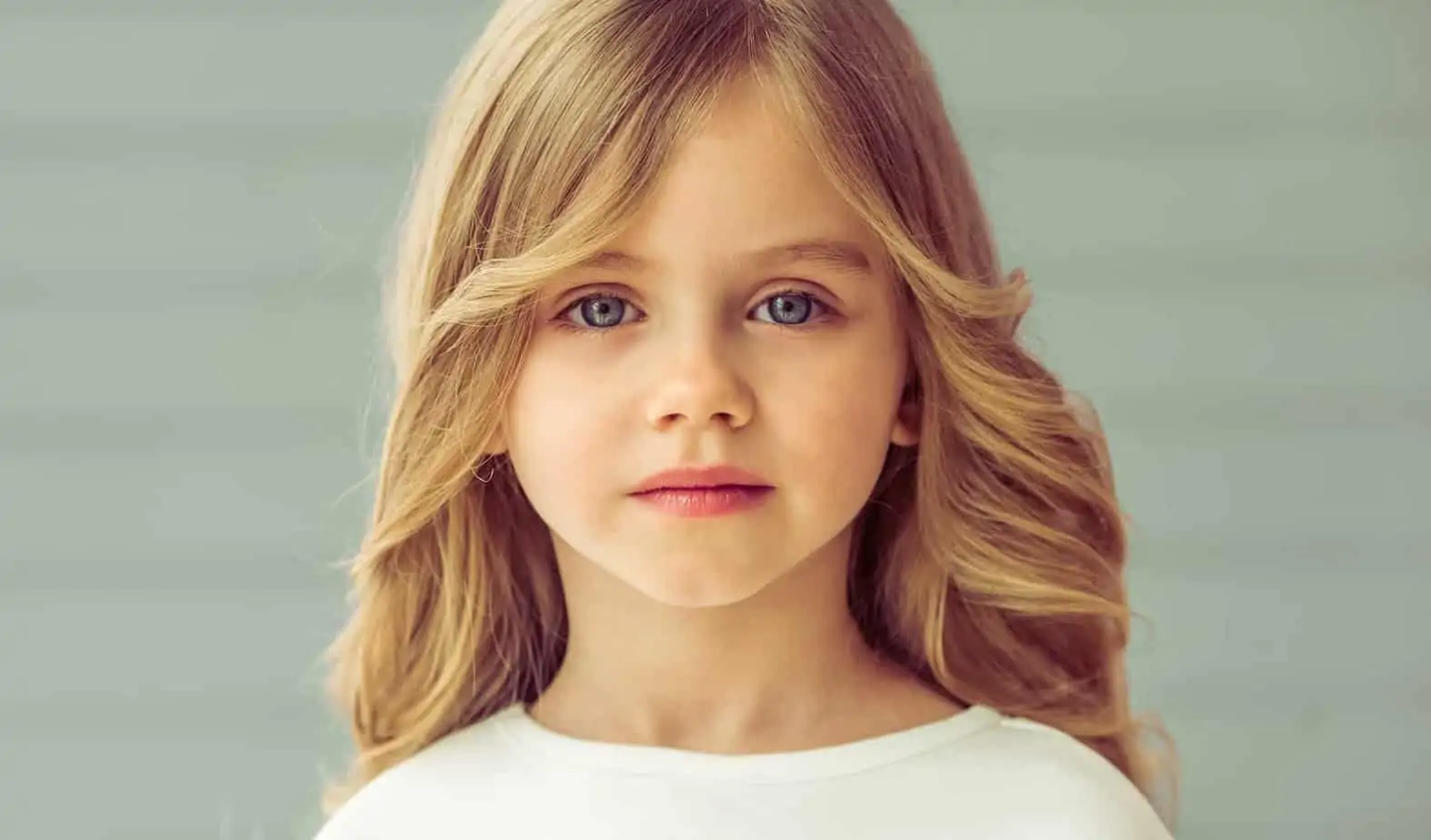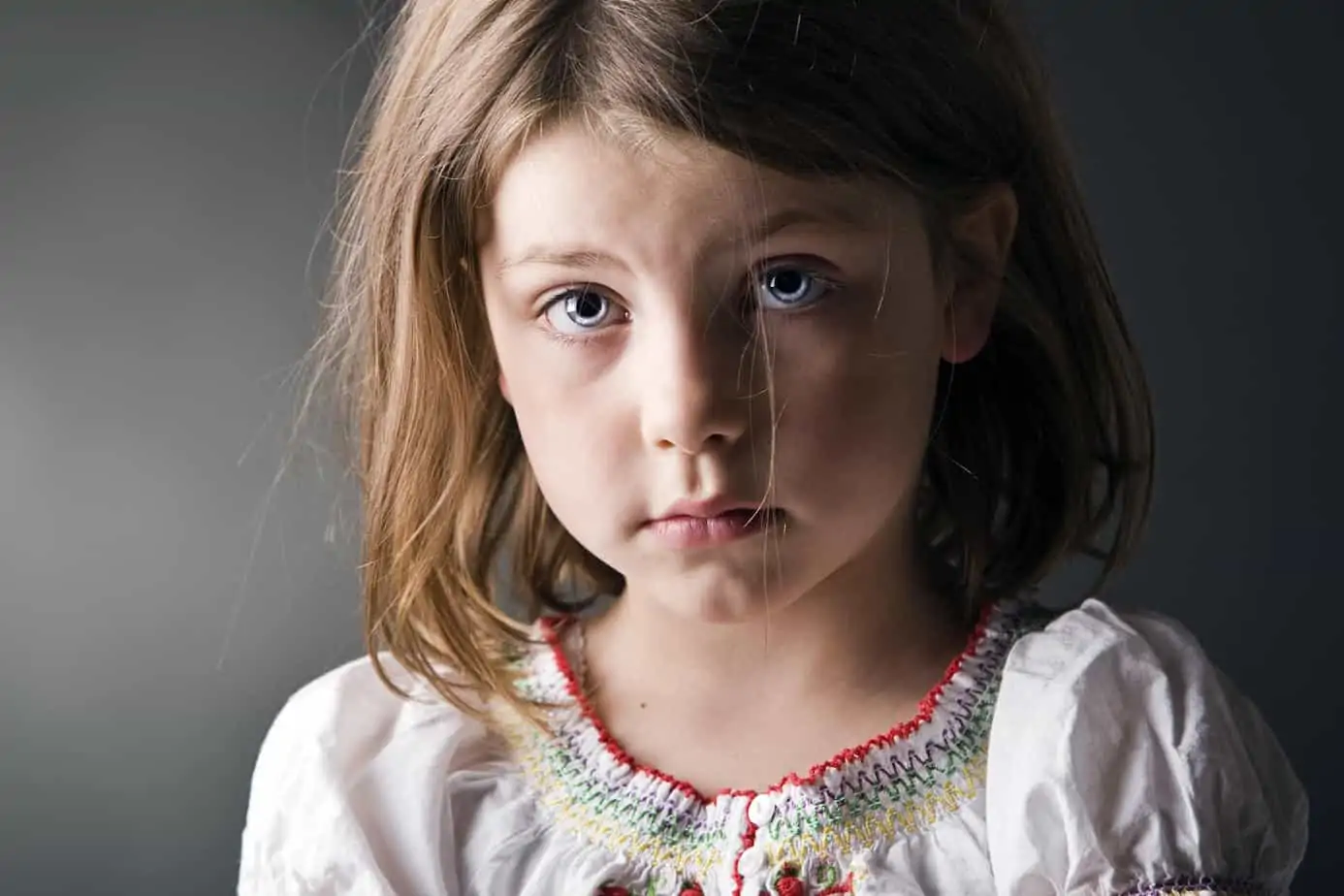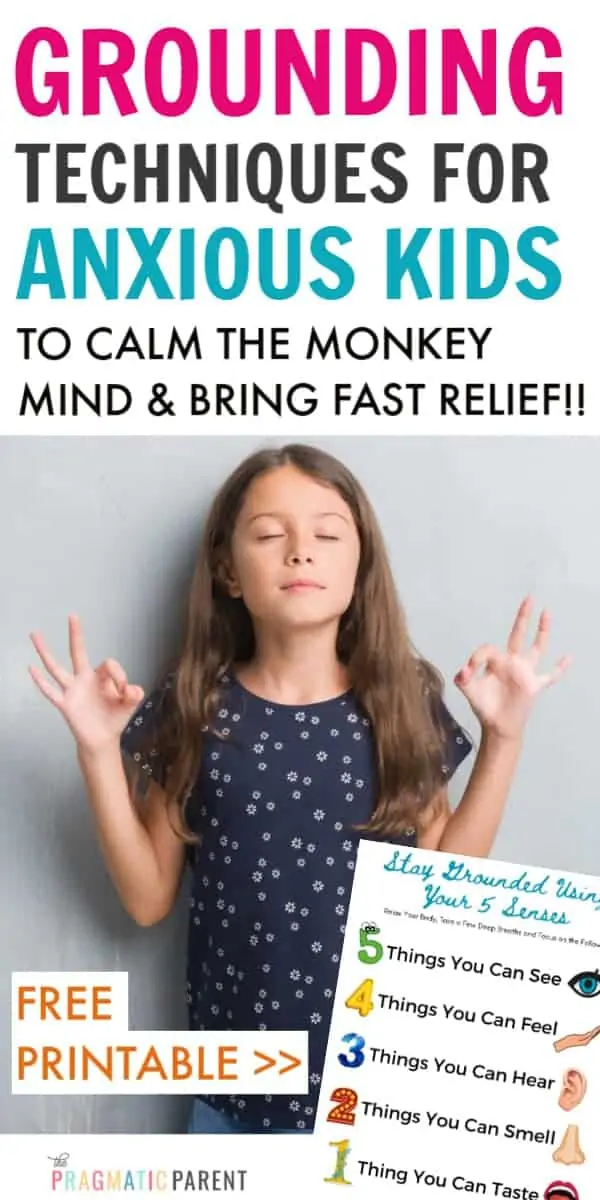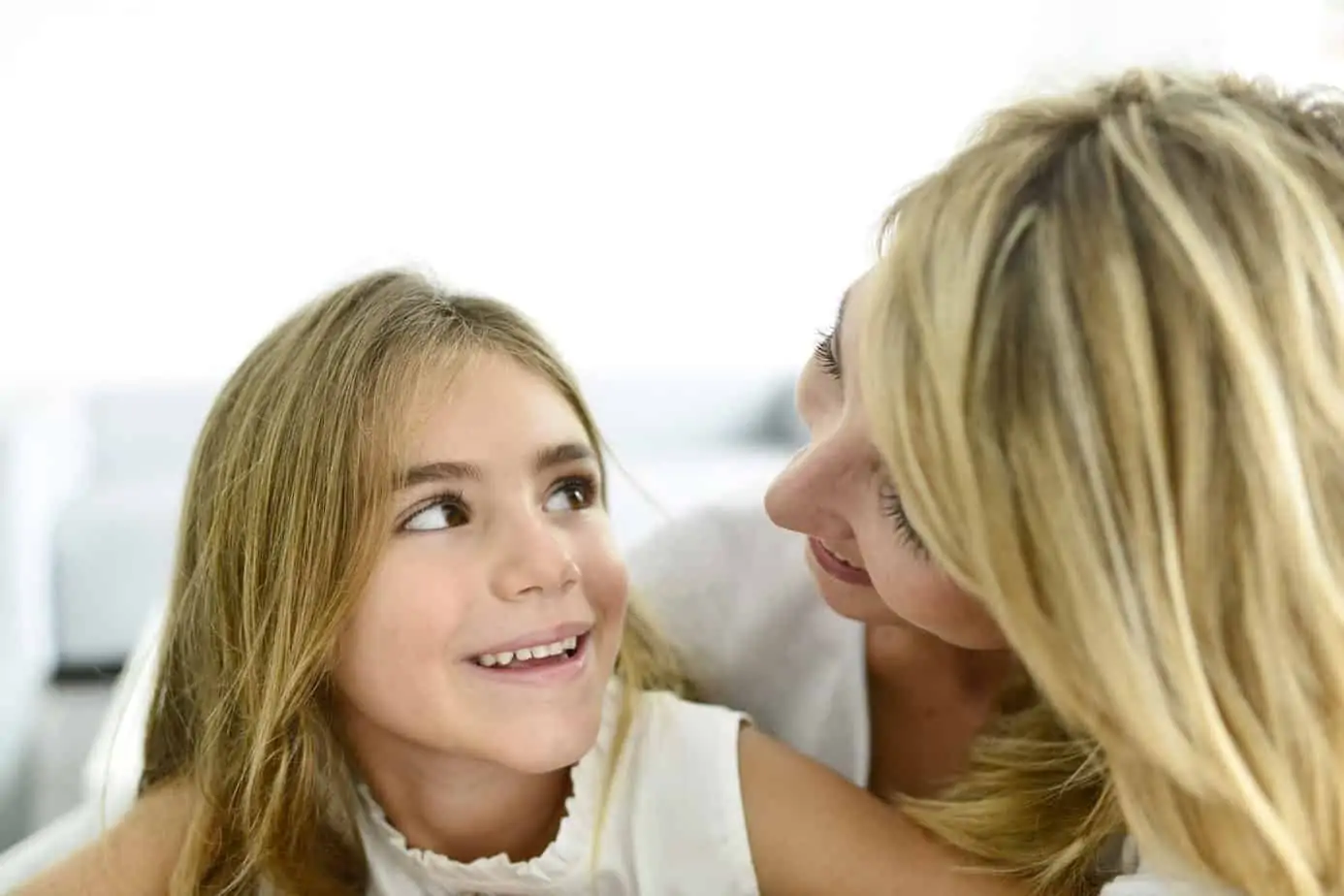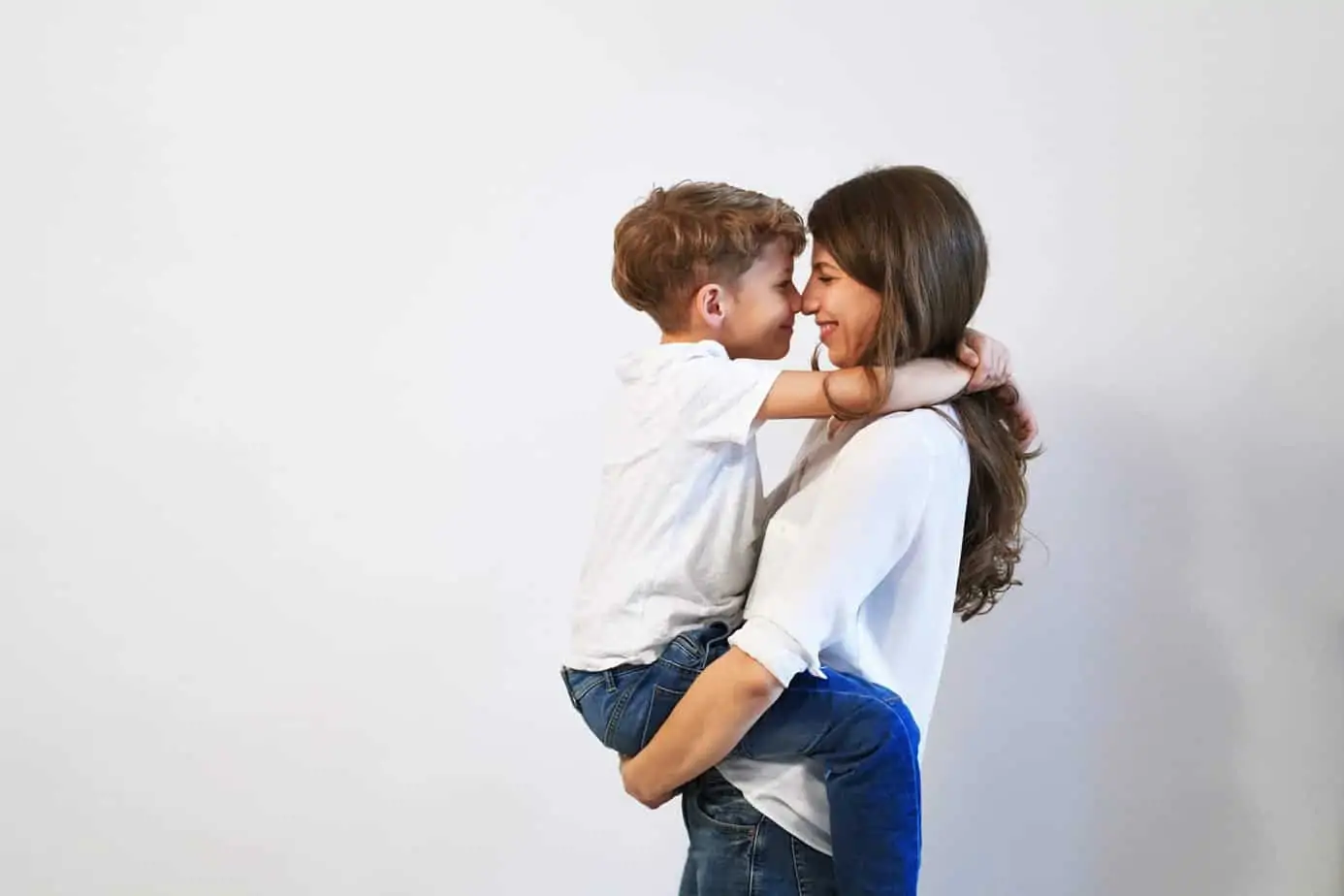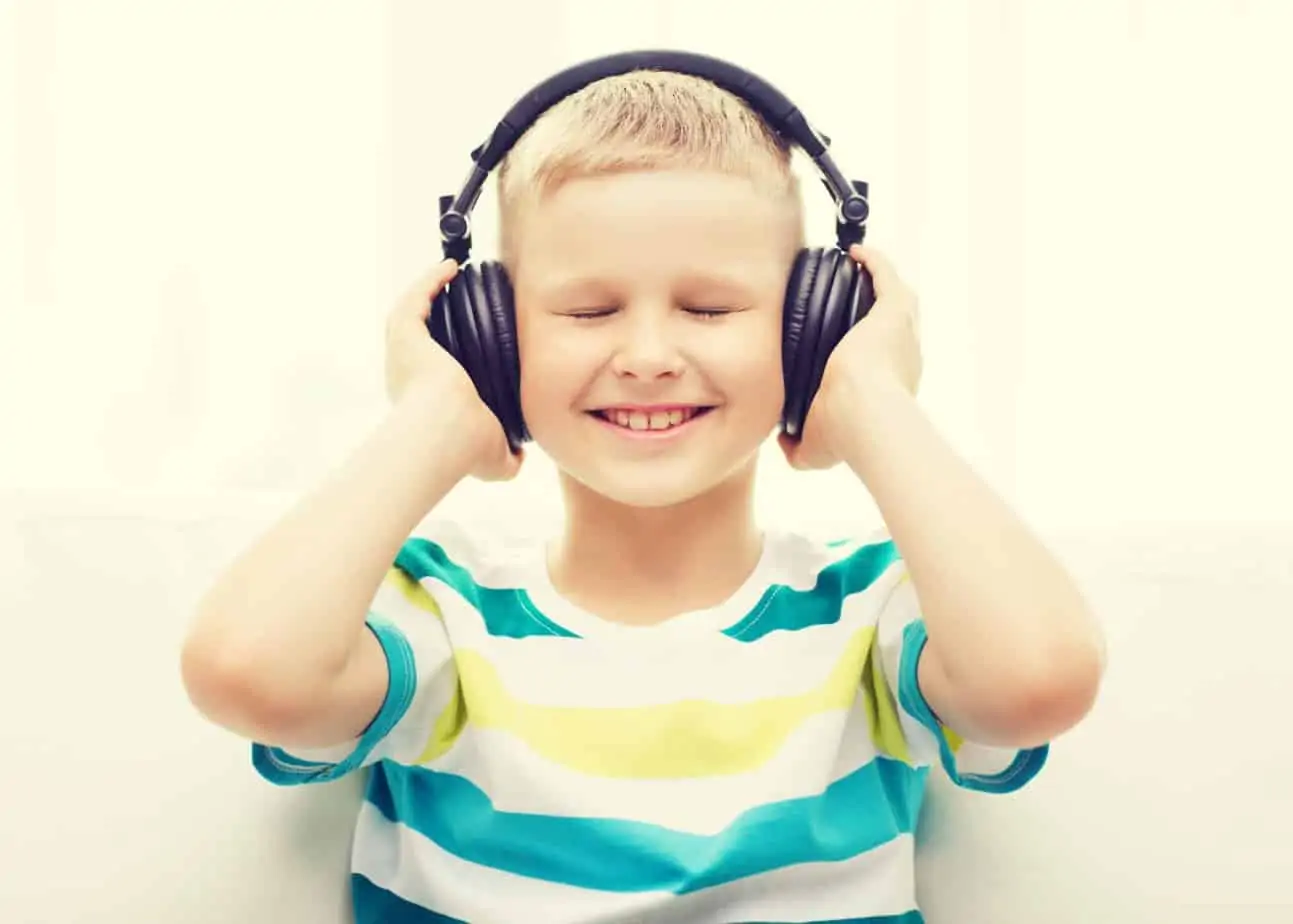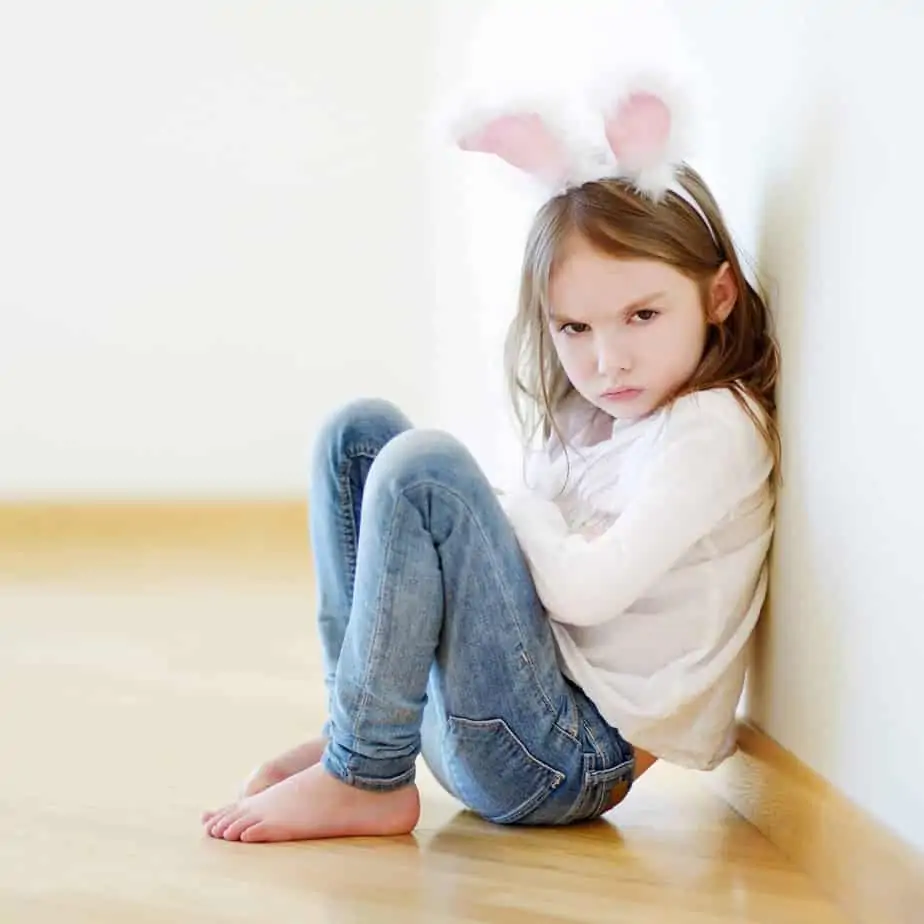Simple grounding techniques for kids to help calm the monkey mind and get instant relief from anxiety & big worries. 5 Grounding exercises for kids. Plus, how picture routine cards can give kids confidence and calm down picture cards can help them self-regulate big emotions if, and when anxiety, worries or big emotions strike.
Helping Children Manage Their Worries with These 5 Grounding Exercises for Kids
As a parent who has generalized anxiety (especially around many things parenting), I know the signs to watch out for in my kids – the silent signs which can be extremely easy to miss.
For someone who isn’t familiar with anxiety, these signs can inadvertently dismissed or be passed off as something else entirely. That’s because they don’t have giant flashing signs to indicate “I HAVE ANXIETY” or my worries are something more than what you think they are.
Another problem?
Adults are better at expressing how they feel because they have the words to describe what’s going on. For children they might complain of an upset stomach, a headache, butterflies in their tummy, trouble concentrating or staying focused, or their bathroom habits begin to change, these emotions are much more complex to someone their age and difficult to understand.
Anxiety is usually the first thing that comes to mind when a child tells an adult these things happen.
Kid’s Anxiety is Complicated & Also Fairly Common
Anxiety… it’s a tricky thing.
The body’s “fight or flight” response gets activated, and the more regularly it is turned on, this can dis-regulate the body.
New experiences – school, big events such as moving, a death of a friend or family, problems at home, divorce, changes with family and in friendships – often result in anxious feelings, changes in behavior, mood, eating, trouble sleeping, fears and worries bubbling up and even shyness.
Any change to a child is obviously a concern for parents, but anxiety is often overlooked at the cause.
According to the Anxiety and Depression Association of America (ADAA), the rate of childhood anxiety is extremely high and rising. Anxiety disorders currently affect 25.1% of children between the ages of 13 and 18, and 40 million adults (or 18.1% of the population) ages 18 and older in the United States.
“Research shows that untreated children with anxiety disorders are at higher risk to perform poorly in school, miss out on important social experiences, and engage in substance abuse.”
For parents who have children, or for adults who teach kids in a learning environment, diagnosing anxiety can prove to be a challenge.
It’s important to help the child articulate their symptoms and emotions, find the root cause and recognize the potential signs of childhood anxiety before you are able to work on a solution and implement the 5 grounding techniques for kids you’ll see in this article.
Signs of Anxiety and Worries Too Big for a Child to Handle
Here are three areas you should know about when it comes to anxiety – emotional signs, behavior signs and physical signs of anxiety, according to experts from the UCLA Child Anxiety Resilience Education and Supports (CARES) Center, John Piacentini, Ph.D., and Lindsey Bergman, Ph.D.
Emotional Signs of Anxiety in Children
- More sensitive than normal / Hypersensitive
- Excessive or more often crying than typical
- Reactive, grouchy and / or angry without clear reasoning to why
- Afraid of taking chances to taking action for fear of making a mistake (even small ones)
- Extremely anxious before or during tests, sporting activities, performances, etc.
- Panic attacks / afraid of having panic attacks
- Worries about far future events / things
- Phobias and exaggerated fears
- Clinginess and strong worries before and during drop-offs
- Nightmares about losing a parent or close person
- Their worries and fears distract them from participation in activities and school participation
- Obsessive thoughts or actions (OCD behaviors)
- Excessive meltdowns or tantrums
Check out the emotions identification toolkit to help kids dive deep into their feelings and emotions and uncover what’s going on under the surface and feel confident to communicate these revelations.
Behavioral Signs of Anxiety in Children
- Constantly asks “What if?” or “What will happen…”
- Avoids participating during activities, circle time or class activities out of fear
- Remains silent or preoccupied during group work
- Makes excuses to get out of going to school
- Makes excuses to get out of activities at school (PE, sharing, public speaking)
- Stays inside or alone during lunch or recess
- Avoids social situations with peers after school or outside of school hours (after school/weekends)
- Becomes emotional or angry when being separated from their parents or loved ones
- Constantly seeking approval from friends, parents, and teachers and needs reassurance/praise
- Gives up before trying things because they’re afraid of failure, humiliation, or lack of confidence
Physical Signs of Anxiety in Children
- The child often complains of headaches or stomach issues
- Refuses to eat snacks or lunch at daycare or school, in public spaces amongst peers
- Refuses to use restrooms except when at home
- Acts distracted, restless, hyperactive, or fidgety when not in a comfortable “safe” place
- Begins sweating or shaking in new or intimidating situations
- Muscle strains from being constantly tense
- Frequent night interruptions
- Trouble falling asleep or staying asleep
Relief: Grounding Techniques for Kids to Calm Down and Squash Worries
The ADAA has outlined seven things parents and grandparents can do at home to help the child in your life who may be struggling with anxiety.
- Listen to what your child is telling you. The words can be subtle and you don’t want to overlook any clues in what they’re saying – this is where it’s helpful to read between the lines.
- When your child becomes anxious, it’s important for the adult to stay calm and be patient. It can be hard to stay calm when your child is having big emotions or having a tantrum that seems out of line with their personality, but if want to help you child be calm, then you have to lead by example. Using a gentle voice, slow body language and leading with empathy will go a long way in helping your child stay calm and open up about what they’re feeling.
- Recognize and praise strengths & characteristics, not accomplishments. It may sound cliché, but it’s the little things that make a big difference in how our children see the world, and themselves in this big world. Are you praising the right things with your child? Do you praise their strengths like resilience, hard work, determination, kindness, or their accomplishments like winning a race or getting an A grade? You have to praise who your child is and their strengths to boost their confidence and ability to trust themselves in the world.
- Don’t harp on or punish mistakes or your child’s lack of progress. Every mistake a child (and adults too) make is an opportunity for growth and to make a better decision in the future. If you focus on punishing mistakes or accidents, children will become fearful of trying anything new or even standing up in class to answer a question.
- Stay flexible. Parenting is created as you go, it doesn’t have to be perfect and it’s going to be messy along the way. Staying flexible will help you roll with uncertainty and the unpredictable, but better than needing to be in control, or have everything a certain way all the time.
- Check your expectations during stressful periods. Not everything will always go as planned, so adaptability is an important skill to have. Remember, your child is just that…. a child. Responding with empathy will always give you connection, other than disconnected with punishments, or harping on mistakes, accidents and problems.
- Plan for transition times when problems tend to arise. Getting ready for school, coming home from school, leaving the playground, going to run errands, moving from playtime to lunchtime… those are all transitions and periods where the most misbehavior and tough responses tend to strike. Plan for extra time to give notices when transitions are going to happen so you can smooth over the process and not spring anything on your child. Picture routine cards are also wonderful for this, because it shows your child what comes next so there aren’t any surprises.
When your child is in a period of anxiety, and you and they recognize this, you can use the 5 GROUNDING TECHNIQUES FOR KIDS to help them gather their emotions, feel in control, less anxious and become grounded.
Related Article: The Brain Science Behind Development & Behavior of Children
(There’s a free printable of the 5-Step Grounding Technique you can download below to use with your child or in the classroom.)
Grounding Techniques for Kids & Adults that Work!
I’ve learned from own therapist that anxiety is rooted in worries and fear about future speculations. If you want to get immediate relief from anxiety, you have to get back to the present moment and the best way to do this is with a grounding practice.
I use the same grounding technique for anxiety as an adult, and it works perfectly for kids. (But, I’ve made the printable of this a kid-friendly version with appropriate graphics and colors just for them that you can download can download below.)
Getting back to the present is surprisingly simple, and as someone with anxiety, this is important when your child is in an anxiety spiral.
Each step of these grounding exercises your child will walk through requires them to use their senses and take note of the things happening around them.
By the time they get to the second, or even third step, you’ll notice how their shoulders loosen, the worry on their face starts to wipe away and when they have to focus on what’s in front of them, instead of days, months or years ahead of them in the future, the worry has no power over them.
Tip: The Calm Down Toolkit helps kids develop calm down strategies and self-regulatory methods that work best for them, including mindful breathing and tracing patterns.
Here’s How the Grounding Technique Works with Kids:
Ask the child to use their five senses to do each of the following steps by looking around them, hearing, touching, seeing and feeling their surroundings.
Here’s what the Grounding Technique for Kids looks like and the exact steps to take:
- 5 Things you can see
- 4 Things you can feel
- 3 Things you can hear
- 2 Things you can smell, and
- 1 Thing you can taste
You can repeat these grounding techniques as many times as you need to calm down and feel less anxious, but it likely won’t take you or your child anymore than two times to feel calmer and more at peace.
Move from your backyard to your front yard to use more senses. Step outside, get in the bath, take off your shoes and feel the earth and walk through these steps and see what kind of calm and peace washes over the child and calms their monkey mind that’s looking to feel big worries.
A calm down corner is also a great low sensory place your child can go to, to use these grounding techniques and feel safe, less stimulated and calmer.
Get Your Printable: 5 Grounding Techniques for Kids to Calm Anxiety & Worries(click on the picture or download by using this link here.)
What You’ll Receive:
- This is an 8.5 x 11” letter sized printable
- You’ll receive this as a PDF which can be downloaded in Preview or Adobe (or to your phone)
- Print it out in Full-Color or Black-and-White and hang wherever it will be seen by your child, in your practice, or in the classroom.
Related Resources for Big Emotions, Anxious Kids & Calming Down:
- How Can I Help My Child Deal with Strong Emotions?
- Teaching Feelings & 6 Steps to Help Kids Express Their Emotions
- 7 Ways to Help Kids Identify Feelings & Control Emotions
- 14 Factors That Influence a Child’s Behavior or Trigger Their Misbehavior
- Tools to Give You Immediate Relief From Parenting Anxiety & Stress
- Ease Your Child’s Back to School Anxiety: How to Calm the Jitters
- 6 Positive Parenting Techniques to Use Rather Than Yelling
Want even more?
Shop All Parenting Resources
Shop all of our parenting resources from self-regulation tools and managing big emotions to building self esteem and confidence. There are resources for all seasons of life!
